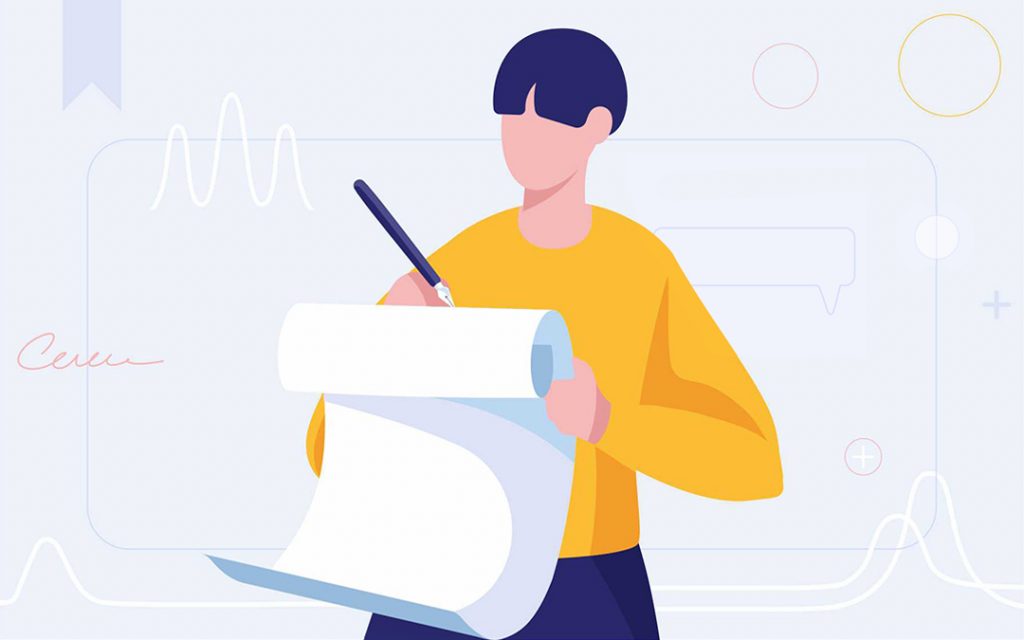Digital marketing isn’t what it used to be. What once started as simple banner ads and email campaigns has transformed into a sophisticated, ever-evolving ecosystem. As technology continues to shape how businesses connect with people, understanding this evolution isn’t just a bonus—it’s essential. Whether you’re an entrepreneur, freelancer, or someone simply interested in how the digital world works, this journey through the past, present, and future of digital marketing will help you stay ahead.
The Early Days of Digital Marketing
In the late 1990s and early 2000s, digital marketing was relatively straightforward. Search engines were still growing, and online marketing was experimental at best. Marketers primarily relied on display ads, direct emails, and basic website SEO tactics.
The focus was on visibility—just being seen was enough. Websites functioned like digital brochures, offering static information to curious visitors. Businesses were still adjusting to the concept that the Internet could be a powerful marketing tool.
Social Media and Mobile Changed the Game
Then came the rise of social media platforms and smartphones, dramatically shifting consumer behaviour. Instead of passively receiving messages, people started interacting, sharing, and voicing their opinions online.
Suddenly, digital marketing became a two-way street. Social media created opportunities to build communities, not just customers. Brands could listen and respond in real-time. Mobile devices made these interactions constant and immediate—marketers had to adapt fast to stay relevant.
This period marked a shift from merely selling a product to building relationships. It wasn’t enough to have a good offer; you had to offer value, authenticity, and conversation.
Content Became King But Strategy Became Queen
As more people began engaging with brands online, the demand for relevant, helpful content exploded. Blogs, videos, and infographics started replacing the hard sell. Search engines also got smarter. Algorithms began favouring informative and engaging content rather than keyword-stuffed or spammy.
Businesses learned that a consistent content strategy could position them as industry leaders. However, creating content without a plan quickly became overwhelming and ineffective. This is where strategic frameworks like storytelling, audience personas, and content calendars entered the picture.
During this digital transformation, agencies emerged to help brands navigate the chaos. One such group, No Standing Agency, reflects how specialized support has become crucial in managing the complexity of modern marketing campaigns.
What Modern Digital Marketing Looks Like
Fast forward to today, digital marketing is a multifaceted powerhouse. Here’s what defines the current landscape:
- Personalization: People expect tailored experiences. Whether it’s email recommendations, retargeted ads, or chatbot conversations, personalization is no longer a bonus it’s expected.
- Data-Driven Decisions: Every click, scroll, and share tells a story. Successful marketers analyze this data to make smart, strategic moves.
- Omnichannel Strategy: It’s not about choosing between social media, email, or search. It’s about creating a seamless experience across all platforms.
- User Experience: Websites must be fast, mobile-friendly, and easy to navigate. A poor experience can drive users away in seconds.
- Automation and AI: From scheduling posts to running ad campaigns and generating reports, automation tools have streamlined what is used to take teams of people.
What This Evolution Means for You
So, what does this all mean for someone navigating the world of digital marketing today?
First, it means you can’t rely on old tactics. The Internet is flooded with content, ads, and messages. To stand out, you have to offer something genuinely valuable. This could mean creating a unique brand voice, solving real problems, or finding creative ways to engage.
Second, adaptability is everything. The rules change constantly—what works on one platform today may flop tomorrow. Keeping up with trends, algorithm changes, and new tools is crucial.
Third, you don’t have to do it all alone. Many individuals and businesses partner with specialists or digital agencies (like the kind modelled by No Standing Agency) to help guide their strategy and scale their efforts. Collaboration can be a game-changer when executed thoughtfully.
Looking Ahead: The Future of Digital Marketing
The future will bring even more AI integration, deeper personalization, and immersive experiences through AR and VR. Voice search will become more dominant, and data usage and privacy ethics will play a much bigger role in campaign planning.
For individuals, this means ongoing learning and experimentation. For businesses, it means thinking beyond traditional ROI and considering the long-term value of trust, reputation, and customer relationships.
Final Thoughts
Digital marketing has come a long way from banner ads and email blasts. It’s a dynamic, ever-changing space that requires creativity, strategy, and a deep understanding of human behaviour. You can survive and thrive in this digital age by staying informed and open to learning.
The best part? It’s never too late to start. Whether you’re a solo creator or managing a brand, the tools, platforms, and strategies available today make digital marketing one of the most accessible and impactful ways to grow.








/socialsamosa/media/media_files/2zHb3sGz3BcGQQrVtOoh.png)
